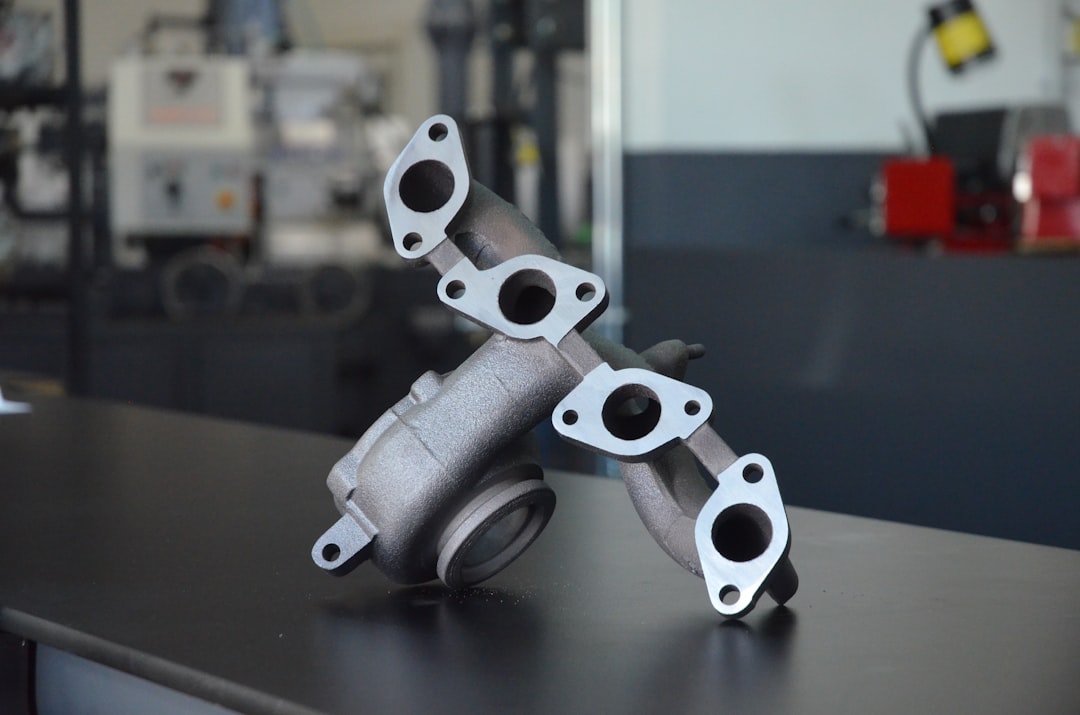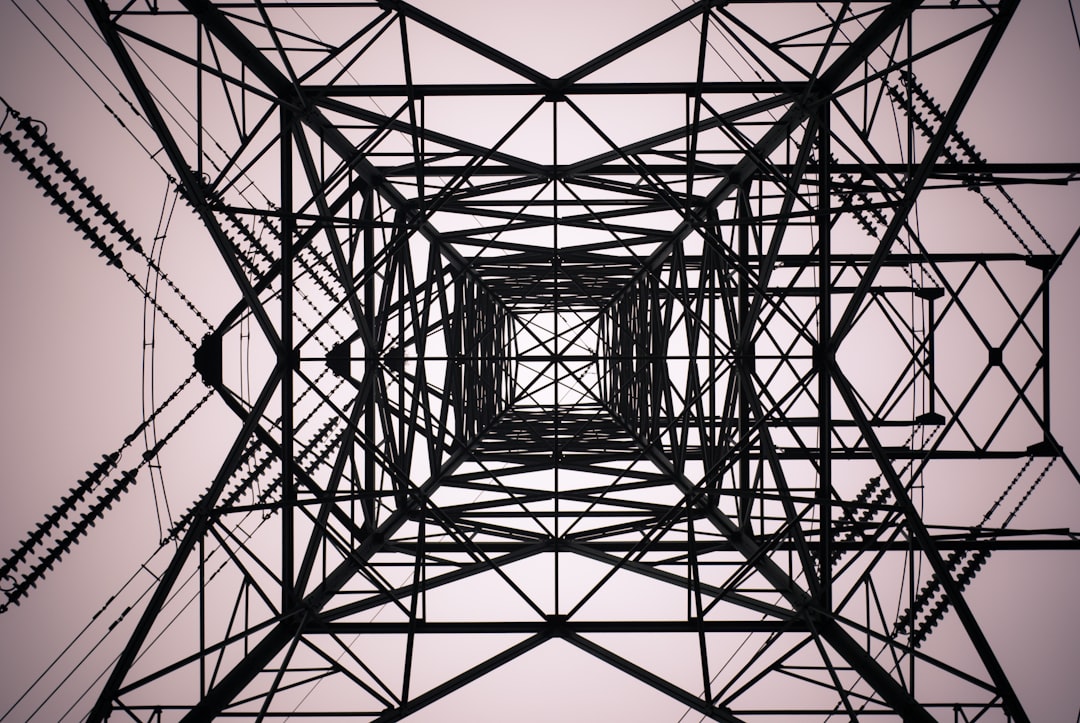What is it about?
The flow of deformable particles, such as droplets, dragged by a fluid, through a network of narrow pores inside rocks or other porous media is key in a range of applications, from enhanced oil recovery and water filtration to lab-on-a-chip sorting of cells. The collective dynamics and its impact on the flow are poorly understood.
Featured Image

Photo by Robert Stump on Unsplash
Why is it important?
Here, using droplets as a prototype, we show that collective transport can occur for conditions under which a single particle would get trapped at a pore channel. When a series of droplets gets trapped, the fluid flow is affected significantly, leading to an increase of the pressure difference across the pore channels, which, in turn, squeezes the particles through the channels. We analyze the conditions for a single droplet to flow through one pore and derive the corresponding Bond number. We also obtain a rule for the collective flow of droplets in porous media.
Perspectives
This work paves the way for future studies involving multicomponent flows in porous media in order to enhance oil extraction. One next step in this direction would be to simulate fluid displacement together with the droplets made of another component. The pore sizes should also be heterogeneous in order to mimic the realistic conditions of a porous medium. Another important application of flowing deformable particles in porous media is the sorting of cells in microfluidic devices. Circulating cells in the human blood system are strongly deformed during each passage across the microvasculature of the organs. However, pathologies, such as pneumonia and cancer, are characterized by stiffer cells that are trapped in the microvasculature triggering serious complications.34–40 Thus, the separation of cells by their stiffness is highly relevant in novel clinical investigation. Preira et al. proposed a microfluidic method to sort the cells of non-adherent cell populations by deformability.41 It consists of a porous medium with a gradient in pore sizes so that stiffer cells are trapped in the region of narrower pores. The results reported here can be extended to cell sorting since the passage of the cells may also depend on collective behavior in dense suspensions.
Rodrigo Coelho
Universidade de Lisboa
Read the Original
This page is a summary of: Collective transport of droplets through porous media, Physics of Fluids, January 2023, American Institute of Physics,
DOI: 10.1063/5.0129477.
You can read the full text:
Resources
Contributors
The following have contributed to this page










